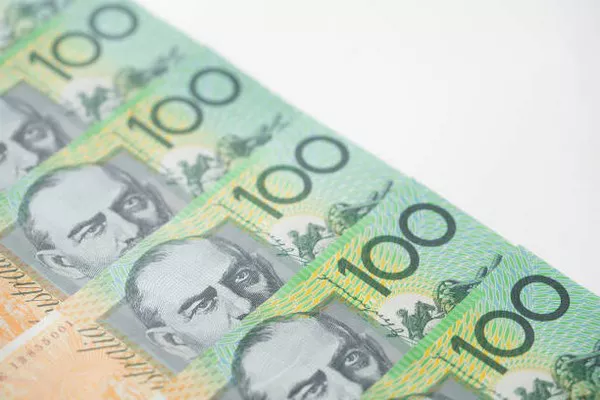The Australian dollar fell for the sixth straight session as risk aversion intensified on Monday. The AUD may limit its downside as strong employment data indicated tight labor market conditions and raised concerns about a possible rate hike by the Reserve Bank of Australia (RBA). Investors look forward to Australia’s manufacturing and services PMI data due this week to gauge the health of the economy.
The People’s Bank of China (PBoC) cut its one-year and five-year loan prime rates by 10 basis points to 3.35% and 3.85%, respectively. Any changes in the Chinese economy could affect the Australian market as the two countries are close trading partners.
The decline in the U.S. dollar (USD) provided some support for AUD/USD. The dollar faces challenges as bets on a September rate cut by the Federal Reserve increase and concerns about the fragility of the U.S. labor market persist. According to the CME Group’s Fedwatch Tool, the market currently shows a 91.7% probability of a 25 basis point rate cut by the Federal Reserve at its September meeting, up from 90.3% a week ago.
Markets are adjusting to the new U.S. electoral landscape after U.S. President Joe Biden unexpectedly announced on Sunday that he would not run for re-election against former President Donald Trump, Reuters reported.


